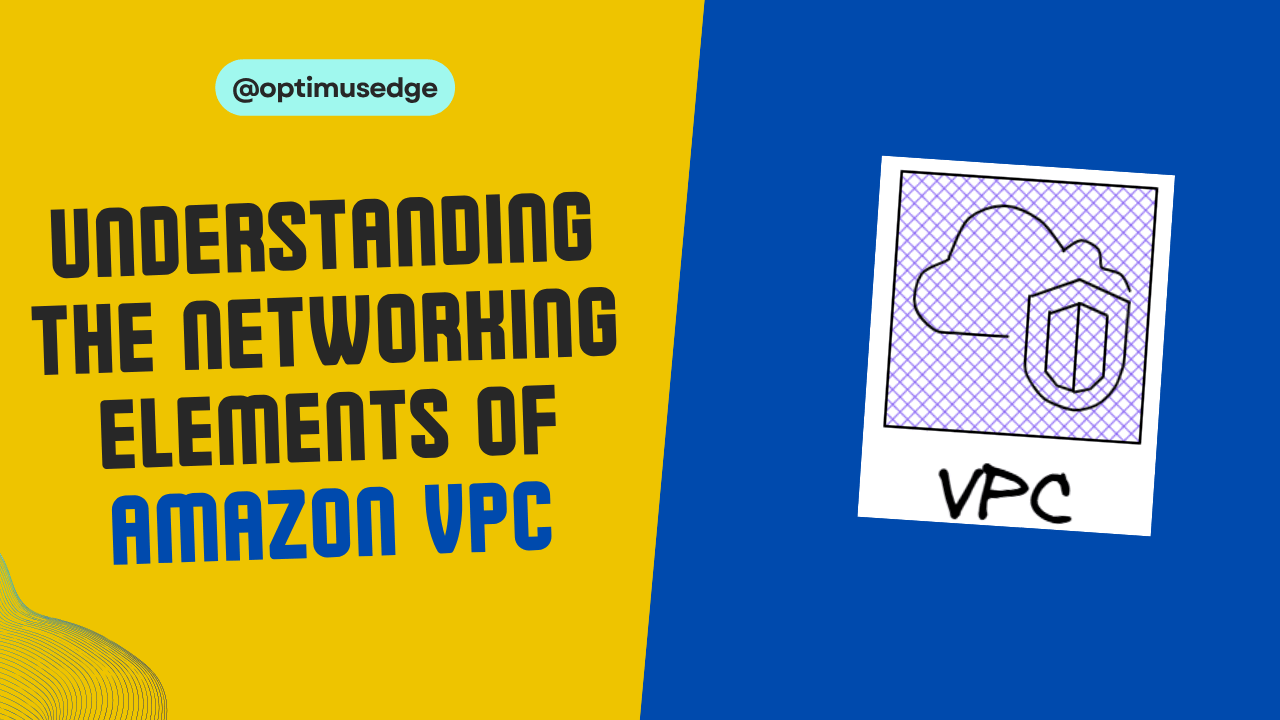When you deploy your first workload in AWS, one of the first things you’ll encounter is Amazon VPC (Virtual Private Cloud) , the invisible network layer that usually is the fundamental building block of the AWS ecosystem. This article breaks down what a VPC really is, how it works, and how it maps to the concepts you already know like routers, firewalls, subnets, VRF’s, routing and all. Fundamentals of VPC Think of a VPC as your own private data center inside AWS, one that’s software-defined, highly scalable, and globally available. Initially when you create a new AWS account, now a default VPC will automatically be assigned to your new account, however you can create your own VPC as per your custom setup. When you create a VPC, AWS allocates a private IP space (using RFC 1918 ranges like 10.0.0.0/16) within a selected AWS Region. Inside that virtual network, you control: Notes About VPC: In short, a VPC is your slice of the AWS global network fabric, isolated from other customers yet capable of securely connecting anywhere you choose. Mapping Cloud Networking to On-Prem Concepts If you’re from a traditional networking background, here’s how AWS VPC concepts align with real-world constructs: AWS Concept Traditional Equivalent Description VPC Data Center or VRF Logical, isolated network domain Subnet Logical Division of IP Network, Router port for example with an IP prefix attached. Layer-3 segment within a VPC tied to one Availability Zone Route Table Routing Table or Policy-Based Routing Determines next hop for traffic leaving the subnet Internet Gateway (IGW) Edge Router / NAT Enables Internet access for public subnets NAT Gateway PAT Device / Outbound Proxy Allows private subnets to reach the Internet securely Security Group Stateful Firewall Ruleset Filters inbound/outbound traffic per instance Network ACL Stateless Access List Controls subnet-level traffic Elastic Network Interface (ENI) Network Interface Card (NIC) Connects an EC2 instance to a subnet Elastic IP Static Public IP Persistent, portable public IP address Once you understand these mappings, AWS networking starts to feel less abstract and more like a next-generation version of the familiar, just without the cables, racks, or patch panels. The Building Blocks of a VPC 1. Subnets Each subnet lives in one Availability Zone. Think of it as your Layer-3 segment inside a fault-isolated data center.You can create both public and private subnets: 2. Route Tables Every subnet uses a route table that dictates where packets go. AWS automatically injects a local route for intra-VPC communication and all subnets inside a VPC can talk to each other unless restricted by security layers. 3. Security Groups & NACLs These define the perimeter and flow of your traffic: Together, they give you fine-grained control over inbound/outbound communication. 4. Internet & NAT Gateways Gateways act as your connection points: 5. VPC Peering, VPN & Direct Connect These enable your VPC to reach other networks: How Packets Actually Flow When a packet leaves an instance in a VPC, AWS’s hypervisor-managed network fabric determines the destination instantly and there’s no ARP, no broadcast, and no spanning tree. Every IP mapping is known and maintained by AWS at the hypervisor level. Traffic between instances in the same VPC never leaves AWS’s internal backbone. Even when you communicate across Availability Zones, the packets travel via private, high-speed links and not the public Internet. This architecture ensures: Why VPC Design Matters A well-designed VPC is the foundation of everything you build in AWS, from EC2 workloads and databases to Kubernetes clusters and AI pipelines. Poorly planned CIDR ranges or subnets can cause headaches later, especially when scaling or integrating with multiple accounts. When designing, always consider: Hybrid connectivity (VPN/Direct Connect readiness) The Takeaway Amazon VPC isn’t just a virtual LAN, it’s a programmable, scalable, and secure global networking fabric that adapts to the way modern businesses operate. If you understand the principles of subnets, routing, and firewalls, you already have 70% of what you need. The remaining 30% is simply learning how AWS abstracts and automates those same fundamentals at planetary scale. What’s Next In the next article of this series, we’ll go deeper into “CIDR Planning, Subnet Isolation, and Address Design in Amazon VPC” where we’ll walk through real-world design blueprints for multi-AZ deployments and hybrid network planning.


